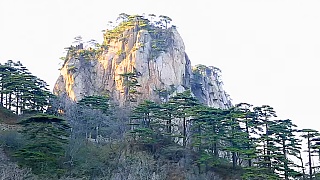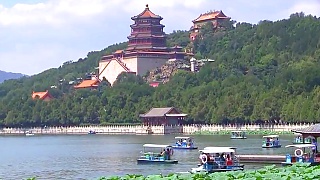With China Walking Tour ...
[640],shadow=true,start=,stop=The Meixi Lake International Culture and Arts Center, located in Changsha, HuNan province, is a stunning example of contemporary architecture, designed by the late Zaha Hadid, a Pritzker Prize-winning architect known for her avant-garde style. The center covers an expansive area and features an array of cultural facilities, including a grand concert hall, exhibition spaces, and multifunctional areas that host various events and performances.
Opened in 2019, the center's design is characterized by its fluid, organic forms that mimic the natural landscape of the Meixi Lake area. The exterior is composed of white, sculptural elements that create a striking contrast against the blue waters of the lake, giving the impression of an otherworldly structure. This innovative design not only serves aesthetic purposes but also enhances the acoustic and visual experiences within.
Inside, the concert hall boasts state-of-the-art acoustics, making it an ideal venue for music performances, while the exhibition spaces are versatile, allowing for a wide range of artistic displays, from traditional art exhibitions to modern installations. The center is not just a cultural venue; it represents Changsha's ambition to become a cultural beacon in the region.
Visitors can enjoy not only the impressive architecture but also the surrounding parkland, which offers picturesque views of the lake and landscaped gardens, making it a perfect spot for leisurely strolls and outdoor events. The Meixi Lake International Culture and Arts Center is a testament to modern design and a vibrant addition to Changsha's cultural landscape.

 The MeiXi Lake International Culture and Arts Center, ChangSha, HuNan province
The MeiXi Lake International Culture and Arts Center, ChangSha, HuNan province




















